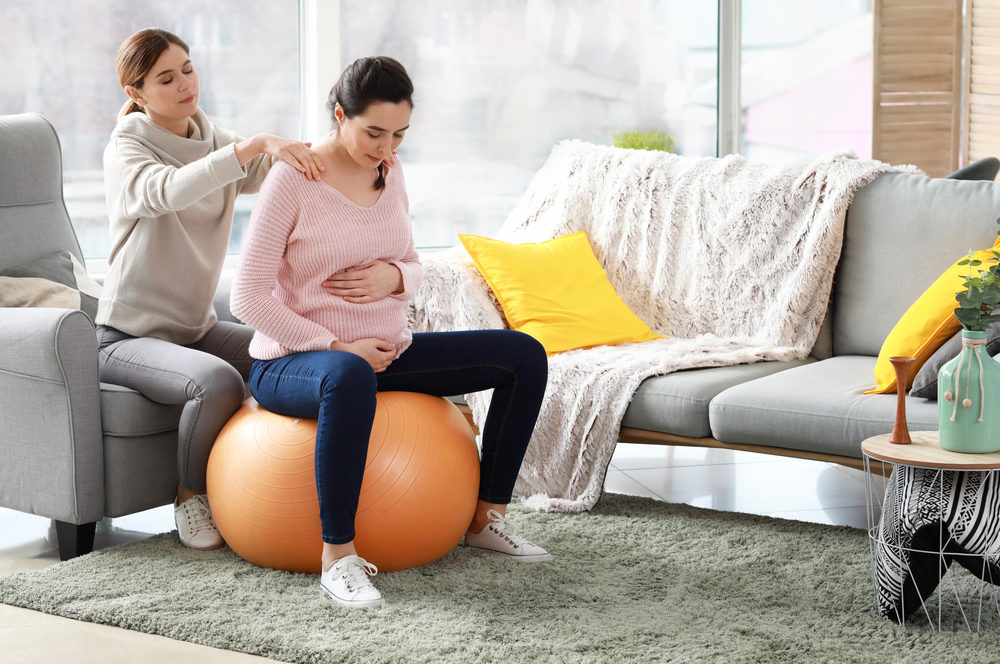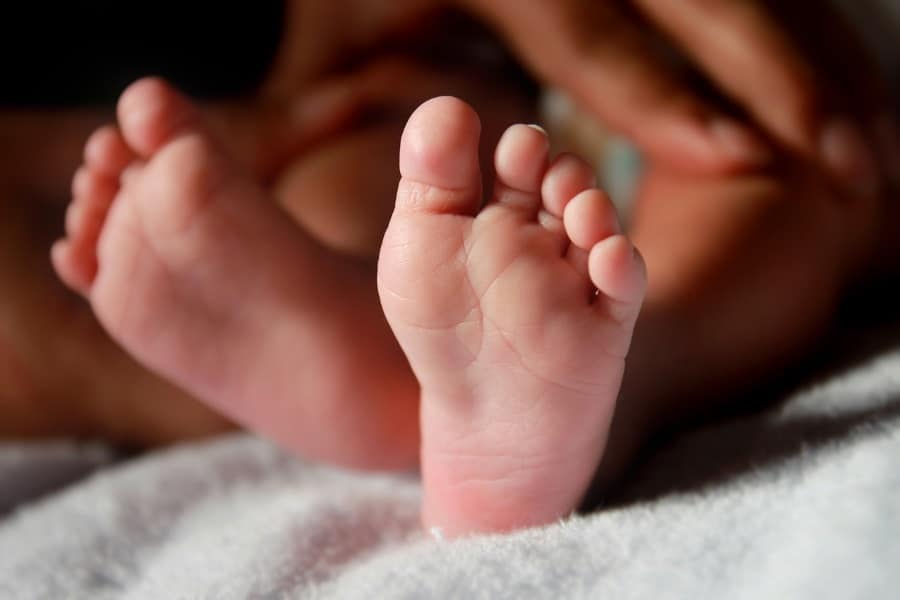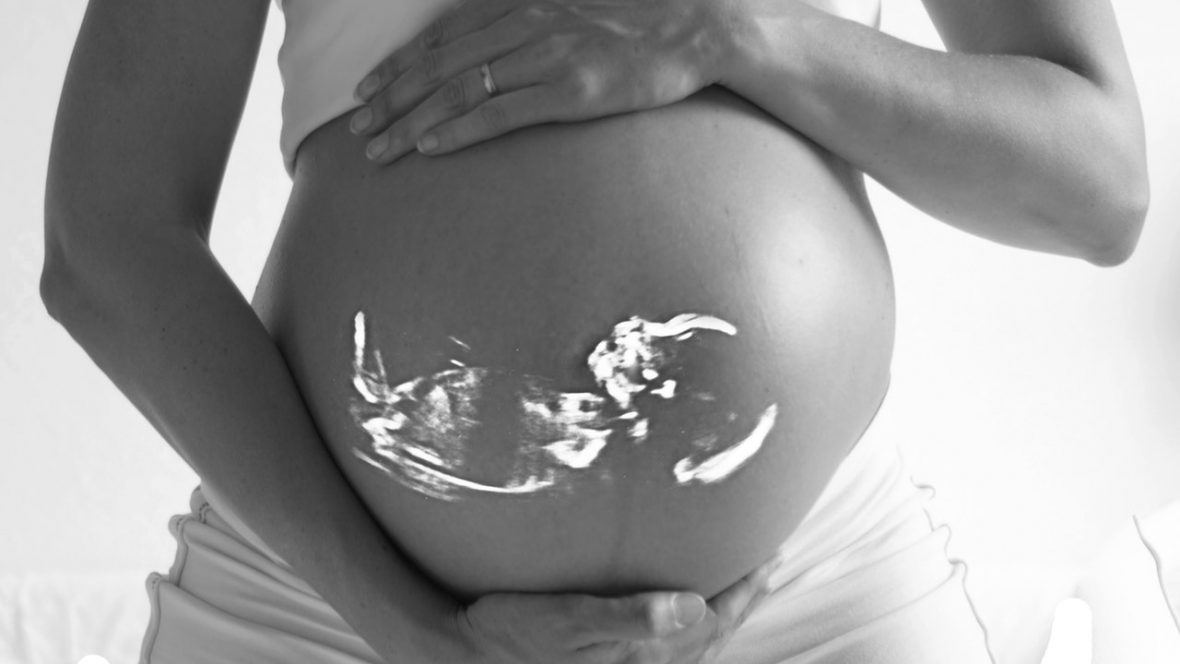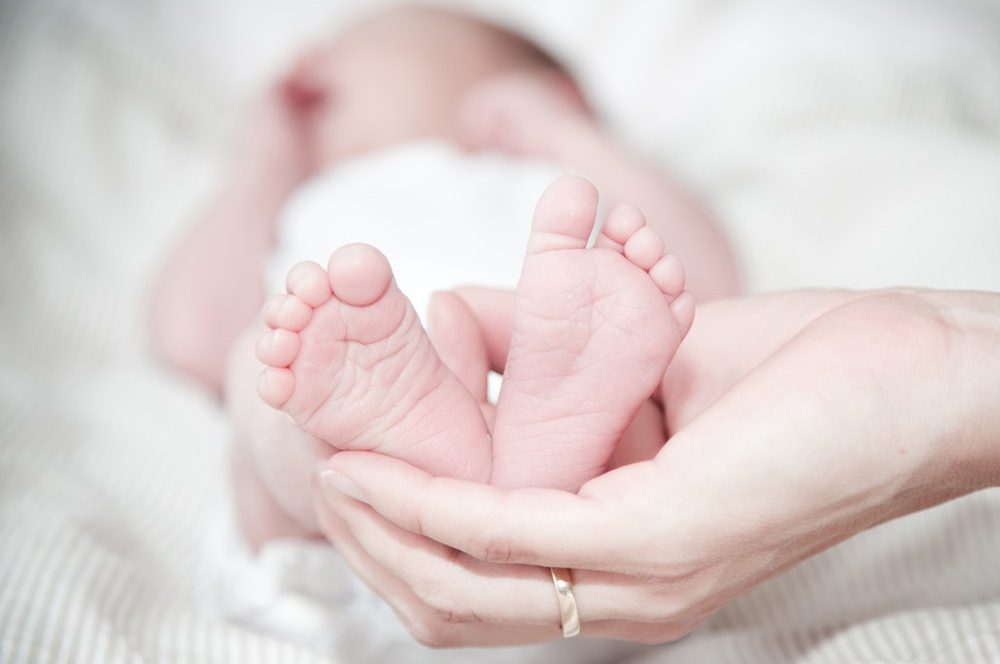Underwater birth is a common birthing trend but it’s hard to really understand the pros and cons of alternative birthing methods such as this. Does it really happen just like in the movie “The Back-Up Plan?” Or is it more chaotic? For those who have never done or seen an underwater birth but are possibly interested in it, there is good news. Underwater births, for women with regular, uncomplicated pregnancies, are safe and lack any real, proven disadvantages.
Labour: The Early Signs, What to expect and when to call the doctor or midwife as birth approaches.
As you reach the 36th week of your pregnancy, the long-awaited arrival of your baby is very near……knowing the early signs of early labour and the signs of well established labour will help you decide when to call your doctor/midwife and when to go to the hospital. (And how much more shopping you can squeeze in before the birth. Just sayin’.)
Look out dust pans, watch out bristles, brooms, and mops, you’d better be scared. There is a new Swiffer in town and it is coming after your jobs. UrbanMommies tried the new Swiffer BISSELL SteamBoost and you’d think we’d done a full fall clean. A-hem. It’s a deeply penetrating steam mop that powers through dog footprints, coffee spills and mystery spots whose origins you no longer recall. It even cleans all the stuff your old mop leaves behind (and has left behind since the last time you were washing the floor on your hands and knees). For me that was when I was trying to induce labour contractions a while back….
 Women periodically experience labour contractions when pregnant, even before they enter real labour. Every now and then, the tightening and relaxing of the uterine muscles can stop you in your tracks. These muscles are the largest on a female body. When pregnant, certain stimuli target the pituitary gland to release a hormone called oxytocin. The hormone then stimulates the lining of the uterus and controls its movements. It is then quite difficult to predict when the labor will actually be. It is best to talk to a doctor about understanding labor contractions so that you know what to do and what things you can do if you feel these contractions on your pregnancy.
Women periodically experience labour contractions when pregnant, even before they enter real labour. Every now and then, the tightening and relaxing of the uterine muscles can stop you in your tracks. These muscles are the largest on a female body. When pregnant, certain stimuli target the pituitary gland to release a hormone called oxytocin. The hormone then stimulates the lining of the uterus and controls its movements. It is then quite difficult to predict when the labor will actually be. It is best to talk to a doctor about understanding labor contractions so that you know what to do and what things you can do if you feel these contractions on your pregnancy.
Early Labour Contractions
When a woman has labor contractions, she would often feel like she is cramping on her uterine area. The sensation starts at the back and in a wave-like pattern, the sensation moves all the way to the front. For some women, the labor contraction is like a pressure on the back area. When a pregnant person has a labor contraction, the stomach feels very hard to the touch. These contractions are very necessary for labor as it is a combination of contractions. When this happens, the upper part of the uterus becomes thickened or tightened. At the same time, the cervix and the lower part of the uterus becomes more flexible as with contraction and relaxation to help the baby pass and be born.
More Regular Contractions
The labor contractions are timed and intermittent. There is a resting period in between the contractions. Contractions often last for 60 seconds with about 5 minute intervals for each. When you start feeling the contractions, it is best to make an effort and record them. You should check how long the initial contraction was and the relaxation. This will help a midwife or a doctor to know at which stage of the labor you in is. During these times, the pregnant woman would consider this as sever menstrual cramps or gas pains. These could at often times be mistaken for flu or intestinal disorders. Contractions are graphed as wave like patterns and it has a zero point and a peak where it is very prominent. As the time for the delivery arrives, the resting time between contractions will shorten as well.
When you are feeling contractions already, take these as signs that your newborn baby will soon be by your arms and all the pain will go away right after that. Looking at things positively will help you relax and calm when in labor. Pressure and negativity can cause stress to your body and if you have a weak heart, you could go to a critical condition. Calm yourself down whenever you can and think positively. Work with your body. Do not work against is. Once you have gotten the hang of it, you will notice that the contractions will pass by and soon enough, your new child will be there and it will all take the pain away and turn it into joy and relief as well as a feeling of completeness as a mother.
 After birth, every woman feels…well, a bit out of sorts. There are all kinds of changes going on in your body, there are emotional, mental, and physical stressors everywhere…it’s a difficult time. Practically every new mom experiences some version of the “baby blues,” a normal reaction to the chemical and emotional soup that has become your bloodstream and all the stuff that’s going on around her, but some actually find that their baby blues slip into something more serious: post-partum depression. What’s the difference between the two, and when do you know you need help?
After birth, every woman feels…well, a bit out of sorts. There are all kinds of changes going on in your body, there are emotional, mental, and physical stressors everywhere…it’s a difficult time. Practically every new mom experiences some version of the “baby blues,” a normal reaction to the chemical and emotional soup that has become your bloodstream and all the stuff that’s going on around her, but some actually find that their baby blues slip into something more serious: post-partum depression. What’s the difference between the two, and when do you know you need help?
“The Baby Blues”
Depression after Delivery, which is a US postpartum depression support organization, saying that “baby blues is a biological response to a woman’s rapidly changing hormone levels after pregnancy. Symptoms include tearfulness, irritability, impatience, restlessness, and anxiety.” Yeah, tell me about it! A new baby’s arrival brings a disjointed schedule, a sore and changing body, and lots of crying—and then there’s the baby itself to consider! Everyone is allowed some leeway here: no human being is impervious to these things. The baby blues hits around 50-75% of new moms in the weeks after birth, and there’s no shame in it.
Baby Blues Symptoms:
(Source: Postpartum Support International):
Physical Symptoms:
- Lack of sleep
- No energy
- Food cravings or loss of appetite
- Feeling tired even after sleeping
Mental States:
- Anxiety and excessive worry
- Confusion
- Great concern over physical changes
- Confusion and nervousness
- Feeling, “I’m not myself; this isn’t me”
- Lack of confidence
- Sadness
- Feeling overwhelmed
Behavioral Reactions:
- Crying more than usual
- Hyperactivity or excitability
- Over sensitivity
- Feelings hurt easily
- Irritability
- Lack of feeling for the baby
Post-Partum Depression
However, post-partum depression is a different thing altogether. This is a clinical condition that is the baby blues multiplied. Women with PPD find they feel hopeless, doubtful, exhausted yet unable to sleep, they have mood swings, violent thoughts (of hurting themselves and others, including their babies), and a feeling of being disconnected or disjointed from life. If you find yourself constantly angry, sad, and depressed after the first couple of weeks, you may need some help from a professional—and there’s no shame in it.
Post Partum Depression Symptoms
(Source: Postpartum Support International):
Physical Symptoms:
- Headaches
- Numbness, tingling in limbs
- Chest pains, heart palpitations
- Hyperventilating
Mental States:
- Despondency or despair
- Feelings of inadequacy
- Inability to cope
- Hopelessness
- Over concern for baby’s health
- Impaired concentration or memory
- Loss of normal interests
- Thoughts of suicide
- Bizarre or strange thoughts
Behavioral Reactions:
- Extreme behavior
- Panic attacks
- Hostility
- New fears or phobias
- Hallucinations
- Nightmares
- Extreme guilt
- No feelings for baby
- Over concern for baby
- Feeling “out of control”
- Feeling like “you are going crazy”
Seek help first from your OB/GYN or family doctor, who will likely run some blood tests to rule out physical causes of your problems, like a thyroid disorder, which can produce many of the symptoms of PPD and is often present after pregnancy and childbirth. If he or she diagnoses you with PPD, you may need some therapy, a course of antidepressants, and a lot of help remembering how to love and nurture yourself.
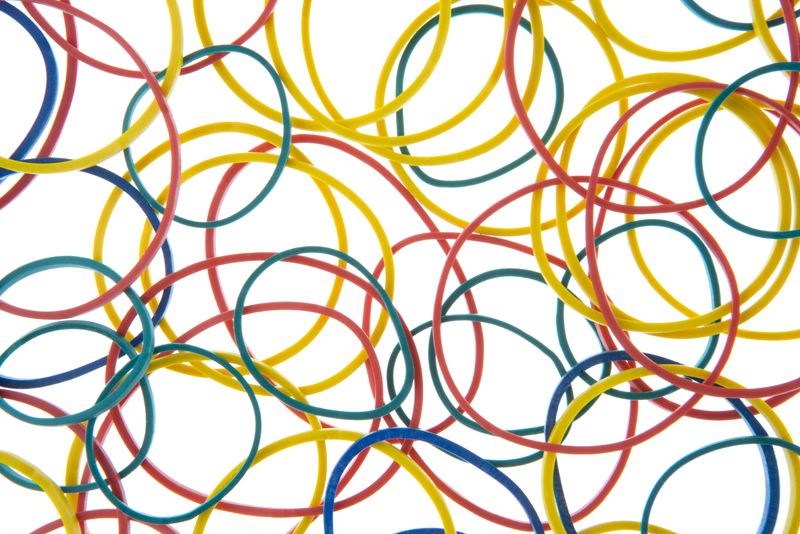 Every pregnant woman is highly attentive to their bodies, often worrying about every twinge as a sign something might not be wrong, or confused about whether what they are experiencing is normal. One symptom almost every pregnancy features is Braxton Hicks contractions. But what do Braxton Hicks Contractions feel like?
Every pregnant woman is highly attentive to their bodies, often worrying about every twinge as a sign something might not be wrong, or confused about whether what they are experiencing is normal. One symptom almost every pregnancy features is Braxton Hicks contractions. But what do Braxton Hicks Contractions feel like?
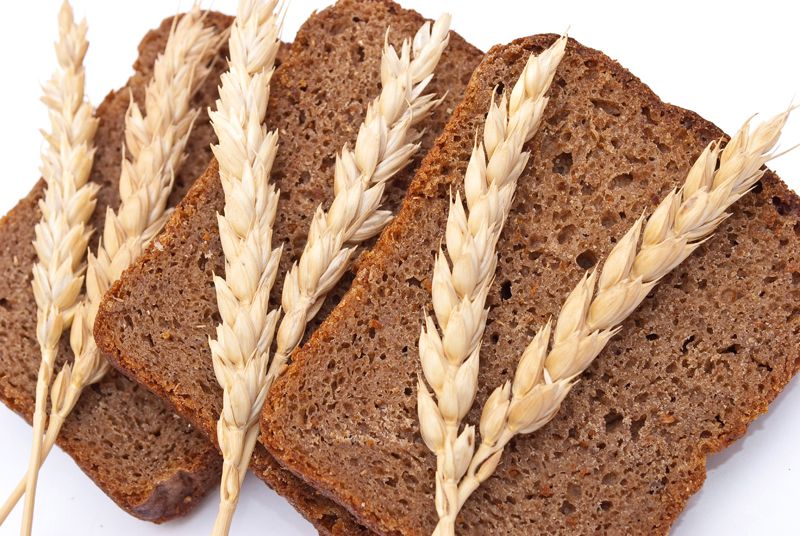 Your body is amazing. It supported a new life for nine months, and then overcame a physical task unlike any other, to give birth to your beautiful baby. Now, your body is producing milk and adjusting to new hormones, sleep deprivation, and new routines. In many cultures, including in Asia, it is expected that during the postpartum period women rest and bond with the baby while her family takes care of all the other daily responsibilities. We’ve researched nourishing foods to support postpartum recovery. You just have to eat them!
Your body is amazing. It supported a new life for nine months, and then overcame a physical task unlike any other, to give birth to your beautiful baby. Now, your body is producing milk and adjusting to new hormones, sleep deprivation, and new routines. In many cultures, including in Asia, it is expected that during the postpartum period women rest and bond with the baby while her family takes care of all the other daily responsibilities. We’ve researched nourishing foods to support postpartum recovery. You just have to eat them!

